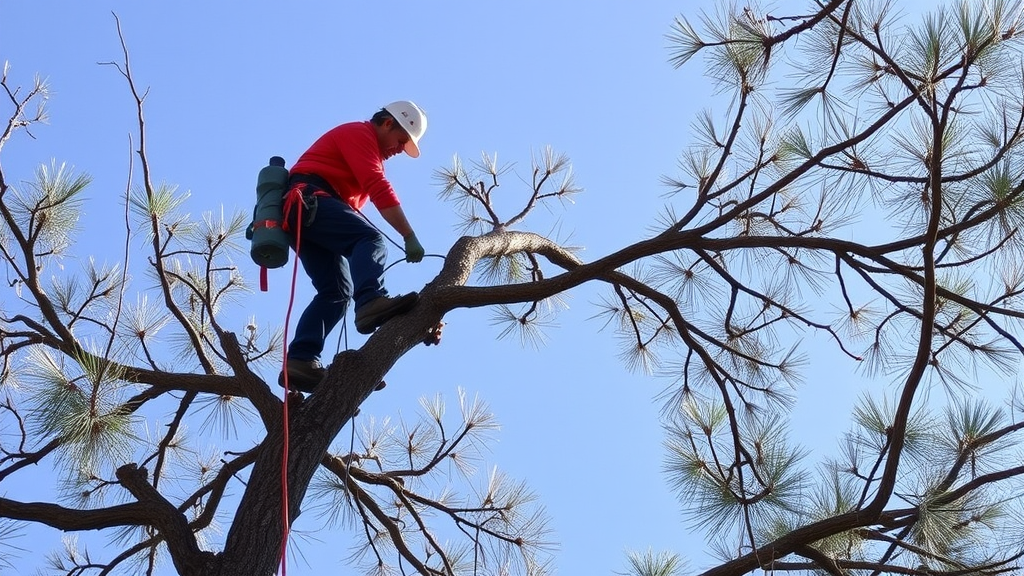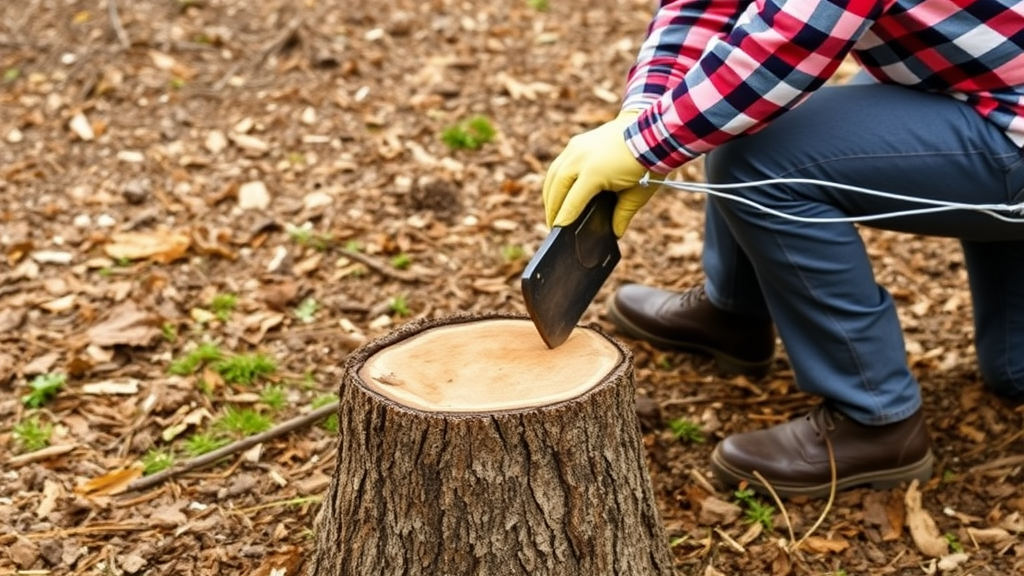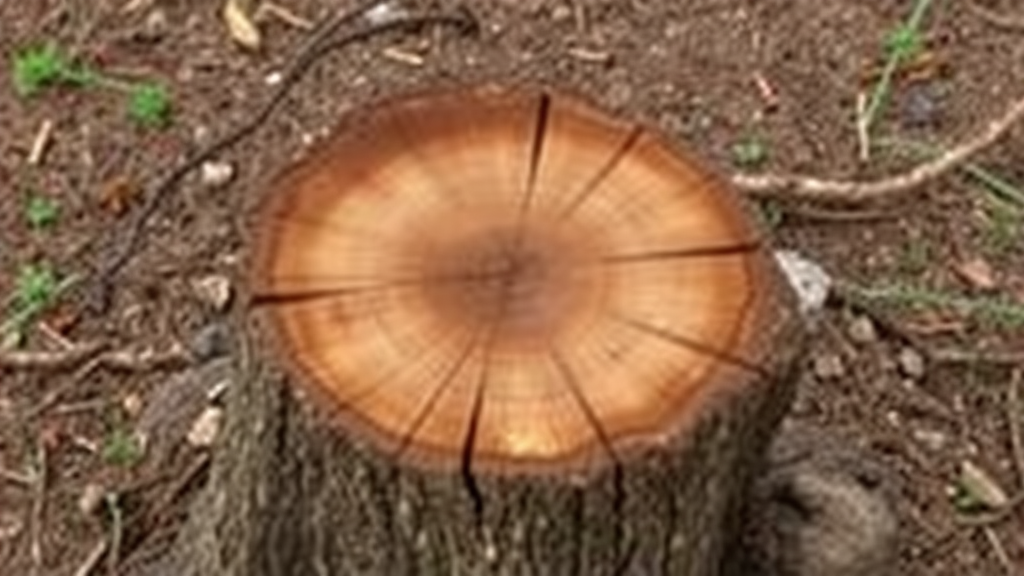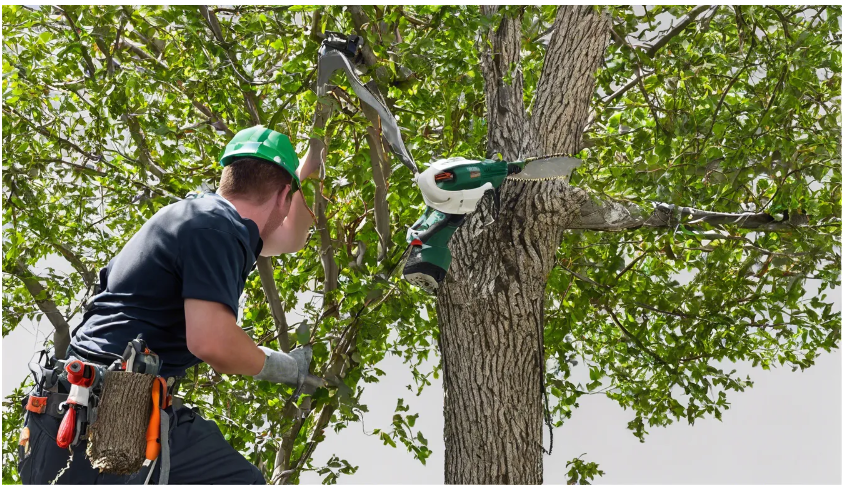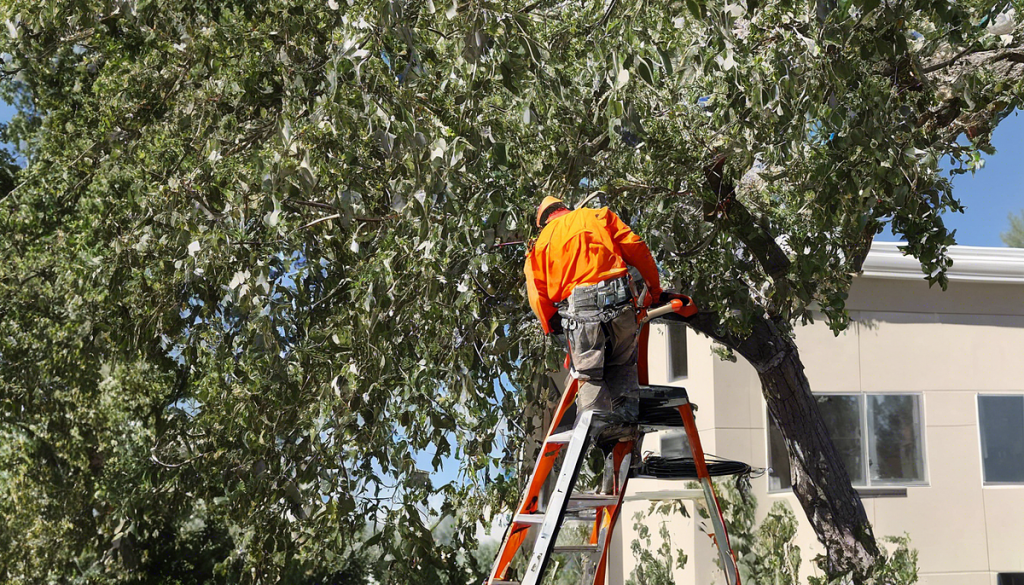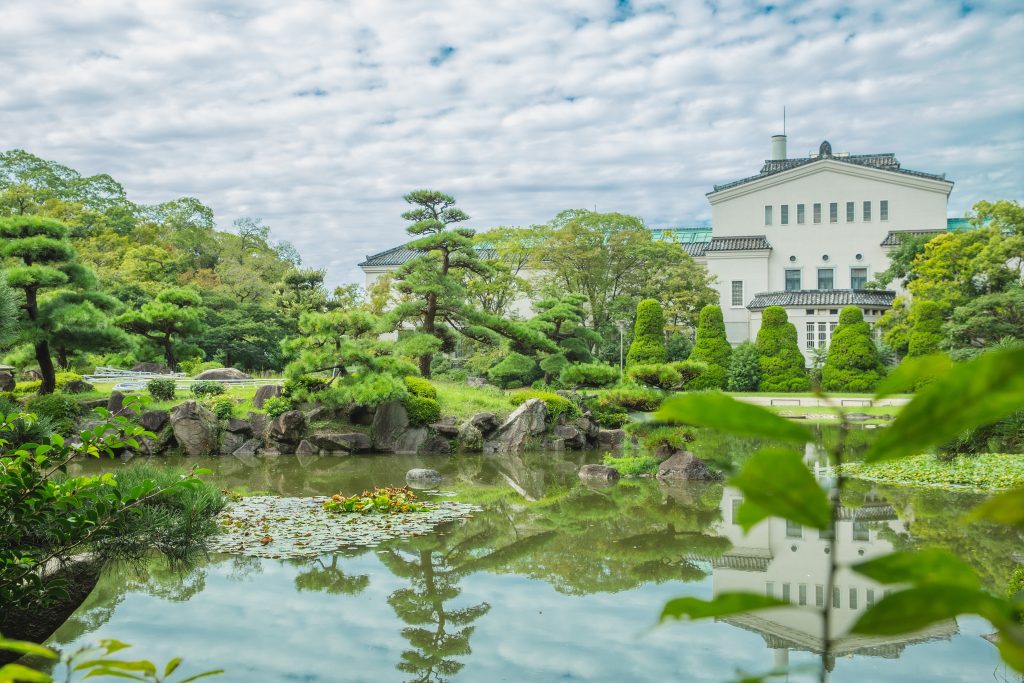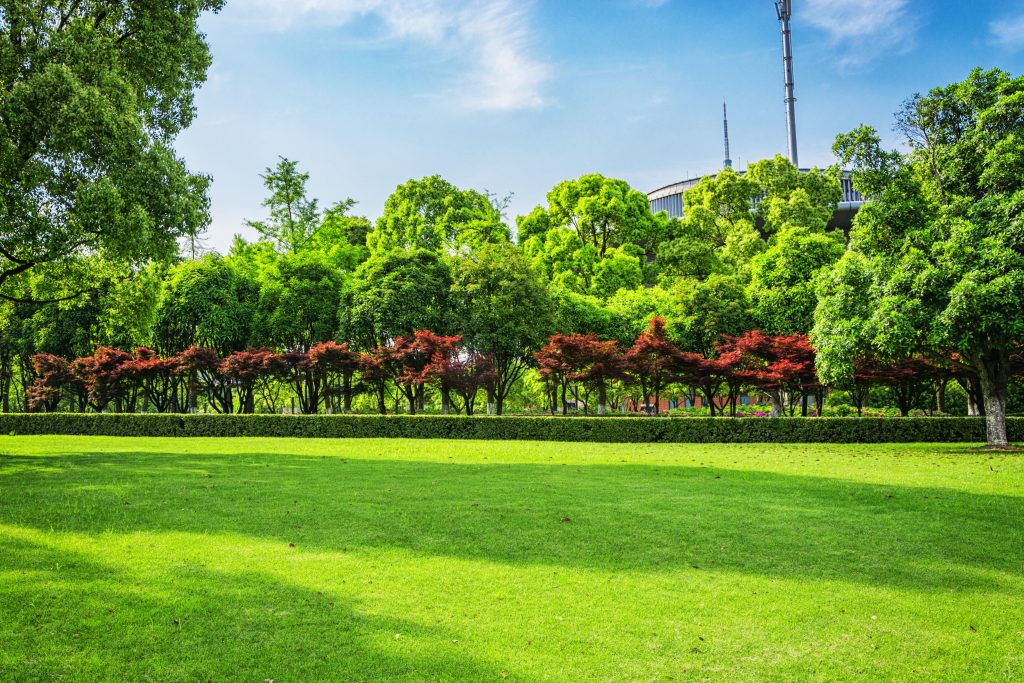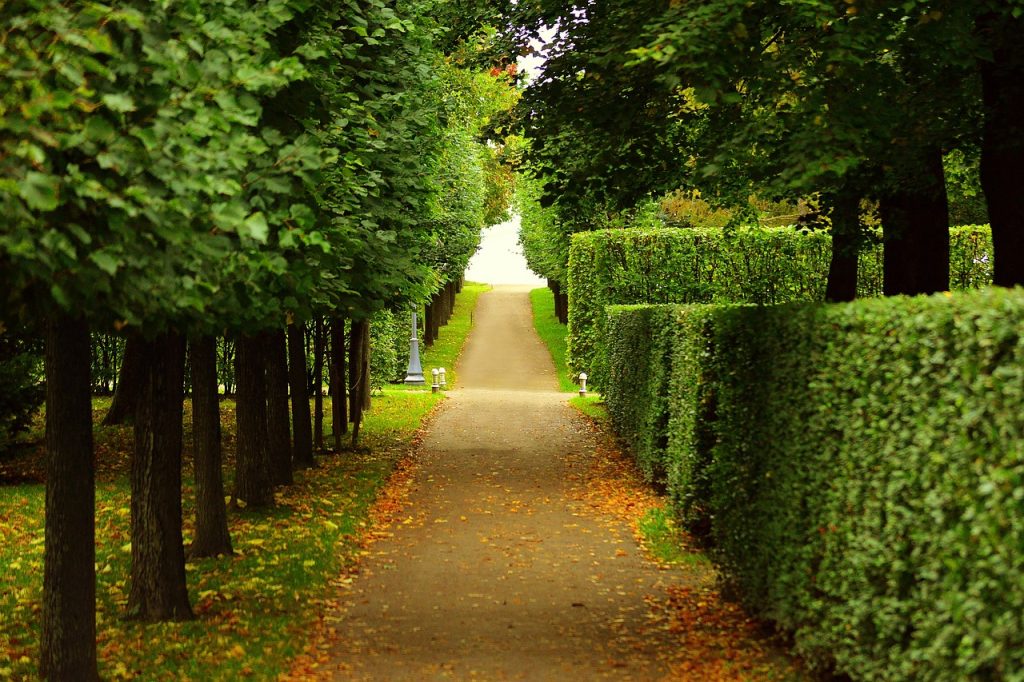The Best Side Of Tree Removal Salt Lake Utah


Name: Truco Services, Inc.
Address: 4640 Commerce Drive, Murray, Utah 84107
Phone: (801) 466–8044
Website: https://www.trucoservices.com/
Facebook: https://www.facebook.com/TruCoServices/
Twitter: https://x.com/truco_services/status/1810260222034038867
Linkedin: https://www.linkedin.com/company/truco-services
Youtube: https://www.youtube.com/@trucoservicesllc5407/videos
PitchBook: https://pitchbook.com/profiles/company/457843-06
Hours of Operation: Monday — Friday: 8am — 5pm; Saturday — Sunday: Closed.
Categories: Landscaping Services, including: Landscape Maintenance; Commercial Landscape Installation; Custom Landscape Design; Irrigation Services; Snow Removal, Tree Services, including: Tree Removal; Pruning; Arbor Care; Tree Trimming; Tree Installation; Emergency Tree Services; Outdoor Kitchen Designing and Installation; Lawn Care and Maintenance; Fertilizer Application (performed by licensed applicators); Holiday Lighting Installation;
Profile: TruCo Services, Inc. is a comprehensive general contracting company based in Murray, Utah, specializing in landscaping and concrete services. Established to cater to both residential and commercial sectors, TruCo Services focuses on delivering high-quality outdoor maintenance and improvement solutions for Landscaping; Concrete; Snow Removal; Tree Removal.
Read more here, here and here.
The Benefits of Professional Tree Removal in Salt Lake, Utah
When it comes to maintaining your property in Salt Lake, Utah, the importance of trees cannot be overstated. They provide shade, enhance your landscape, and contribute to the environment. Yet, there are times when removing a tree is the best decision for your property and overall safety. Understanding the benefits of professional tree removal can help you make an informed choice.
First and foremost, safety is a serious concern. Dead or diseased trees pose significant risks, particularly during stormy weather common in Utah. Professional tree removal services can assess the health of your trees and remove any that may endanger your property or nearby structures. This proactive approach helps prevent potential damage and keeps your household safe.
Another notable benefit is the enhanced aesthetic appeal of your property. Overgrown or awkwardly placed trees can detract from the beauty of your landscape. By hiring experts in tree removal, you can create a more balanced and visually pleasing outdoor space. A clean and tidy yard not only makes your property look better but can also increase its overall value.
Maintenance is an essential aspect of property ownership. When trees are not regularly trimmed or managed, they can become overgrown and unmanageable. This scenario can lead to even larger headaches down the road. Professional tree removal services can not only remove unwanted trees, but they can also offer advice on proper maintenance for the trees you wish to keep. This dual approach of removal and maintenance ensures that your landscape remains healthy and attractive.
It’s also crucial to understand the environmental benefits of tree removal. While it may seem counterproductive to remove a tree for the environment’s sake, sometimes it’s necessary. For instance, if a tree is diseased, it can spread its illness to other trees and plants in your yard. This can lead to larger environmental issues and reduced biodiversity. By removing unhealthy trees, you give other plants in your garden a better chance to thrive.
Additionally, professional tree removal companies possess specialized equipment and expertise. Trying to remove a tree on your own without the proper tools can be dangerous and, in some cases, illegal if it’s on someone else’s property. These professionals bring the necessary knowledge and gear to execute the job safely and effectively, ensuring a clean removal with minimal disruption to your landscape.
You may also consider the time factor. Engaging in DIY tree removal can lead to longer project timelines due to the complexities involved in the task. With professionals, what may take you days or even weeks can be completed in a matter of hours. This efficiency allows you to focus on other important home improvement projects or enjoy your free time without added stress.
Here are some benefits of hiring professionals for tree removal:
- Safety: Protect yourself and your property from potential hazards.
- Aesthetics: Improve the overall appearance of your landscape.
- Maintenance: Receive expert advice on caring for remaining trees.
- Environmental Health: Remove unhealthy trees to protect nearby vegetation.
- Efficiency: Get the job done quickly without the hassle of DIY.
- Specialized Equipment: Access to professional tools and expertise for effective removal.
Furthermore, a critical aspect of tree removal is the cleanup afterward. After the tree is taken down, there’s often debris left behind. A professional service will ensure that all remnants are efficiently cleared away, leaving your property clean and ready for its next stage of development. You won’t have to worry about hauling away branches or dealing with leftover stumps, making the entire process much more manageable.
Choosing professional tree removal in Salt Lake, Utah, is more than just removing unwanted trees. It’s about ensuring safety, enhancing the appearance of your property, providing for the environment, and making life easier for you. Whether you’re dealing with a dead tree, an overgrown one, or just looking for ways to improve your landscape, reaching out to an expert can make all the difference. Don’t hesitate to consult with a professional to explore the best options for your unique situation.
Understanding the Costs Associated with Tree Removal Services
When you find yourself needing tree removal services, understanding the associated costs can better prepare you for the investment. Tree removal isn’t just a simple process of cutting down a tree; various factors contribute to the overall pricing. Here’s a breakdown to help you know what to expect.
First, the size of the tree you want to remove significantly affects the cost. Generally, larger trees are more expensive to remove than smaller ones. Here’s a general guideline:
- Small Trees (up to 30 feet): $150 — $400
- Medium Trees (30 to 60 feet): $400 — $800
- Large Trees (60 to 80 feet): $800 — $1,500
- Giant Trees (over 80 feet): $1,500 and up
Besides size, the tree’s type and health can impact costs. Certain trees are harder to remove due to their dense wood or extensive root systems. For example, hardwoods like oak and maple take longer and may require specialized equipment. If the tree is diseased or dying, additional safety precautions are often necessary, which can also affect the price.
Another critical factor is the tree’s location. Trees situated near power lines, buildings, or fences pose a higher risk during removal. The closer the tree is to structures, the more care the removal team must take, which can lead to increased costs. If branches need to be carefully taken down to prevent damage, this can add to the project’s complexity and, consequently, the total cost.
Additional fees may be incurred for services such as:
- Stump Removal: After removing a tree, you may also want to remove the stump. This can range from $50 to $300, depending on the stump’s size.
- Wood Chipping: If you want the wood chipped for mulch or removed from your property, companies may charge extra.
- Debris Removal: Some providers remove branches and debris after the job is complete. This service can also come with an additional fee.
Moreover, you should always inquire about insurance and licensing. A reputable tree removal service should have proper insurance to cover any accidental damages or injuries during the process. If a company is not insured, you could be held responsible for any accidents, leaving you with costly expenses. Licensed companies often have the necessary experience and knowledge, so hiring them can offer peace of mind.
When you request quotes from different tree removal services, ensure you receive a breakdown of what’s included. This transparency allows you to compare prices effectively. Often, companies will offer packages that cover different aspects of removal and cleanup, which can help you find a balance between cost and services received.
The timing of your tree removal can make a difference in cost. Spring and summer are peak seasons for tree services, and prices may be higher during these times. If you can plan your removal during the off-peak months, you might save a bit of money. Some companies offer discounts during fall or winter when business is slower.
While tree removal can seem straightforward, a variety of factors figure into the overall costs. Understanding these aspects will equip you with the knowledge to make informed choices when hiring tree removal services. Being diligent in your research will ensure you receive a fair price and high-quality service that meets your needs.
Safe Tree Removal Practices to Protect Your Property
Tree removal is often necessary for maintaining the beauty and safety of your property. However, it’s crucial to approach this task with care to protect your home, nearby structures, and the environment. Understanding safe tree removal practices can not only enhance the process but also ensure that everything stays intact throughout. Here are some essential practices to keep in mind.
Assess the Tree’s Condition
Before any removal, you should evaluate the tree’s health. Look for signs of damage, decay, or disease. Consider the following:
- Visible Damage: Cracks, splits, or leaning can indicate a tree that’s at risk of falling.
- Decayed Wood: Soft or darkened areas are signs of internal rot.
- Infestations: Look for holes in the bark or signs of insects.
If the tree shows significant hazards, hiring professionals may be your best bet. A qualified arborist can provide a thorough inspection and recommend the safest course of action.
Plan the Removal Process
Once you’ve assessed the tree, planning the removal process is essential. This involves considering the following aspects:
- Surroundings: Evaluate the area around the tree. Identify power lines, nearby buildings, or anything else that might be affected.
- Felling Direction: Decide the direction you want the tree to fall. It should be clear of obstacles to avoid damage.
- Escape Routes: Plan how you and any helpers will exit the area once the tree starts to fall.
Use the Right Tools
Safety should always be a priority, and using the right tools can make a significant difference. Here are some tools you might need:
- Chainsaw: A robust tool for cutting the tree down, perfect for larger trunks.
- Axe: Useful for smaller trees and branches.
- Protective Gear: Always wear safety goggles, gloves, and a hard hat to stay safe while working.
Ensure all your equipment is in good working condition before you start. Check that blades are sharp and tools are functioning properly to avoid accidents.
Execute Safe Cutting Techniques
Once everything is in place, it’s time to cut down the tree. Follow these safe cutting techniques:
- The Notch Cut: Make a notch cut on the side facing your planned fall direction. This helps guide the tree’s fall.
- The Felling Cut: On the opposite side of the tree, make a horizontal cut slightly above the notch cut to allow the tree to gradually lean and fall.
- Watch Your Direction: As the tree begins to fall, move to your preplanned escape route quickly.
Post-Removal Clean-Up
After the tree has been removed, a clean-up is necessary to ensure your property remains safe and clear. Here’s what to do next:
- Clear Debris: Remove branches, leaves, and any debris left on the ground.
- Stump Removal: Decide whether to leave the stump or grind it out. Stump grinding can prevent future issues by allowing you to plant new trees or grass in the area.
- Inspect the Surroundings: Make sure no damage has occurred to nearby structures or landscaping.
Consider Hiring Professionals
If you have doubts about performing any part of tree removal, it’s wise to hire professionals. Tree removal experts are trained to handle the task safely and effectively. They also have the right tools and equipment to manage larger or more complicated cases.
Safe tree removal practices are about planning, understanding your surroundings, and using appropriate tools. Whether you choose to tackle this project yourself or call in professionals, always prioritize safety and property protection at every step.
The Environmental Impact of Tree Removal in Urban Areas
Removing trees in urban areas is a complex issue that impacts the environment in numerous ways. While sometimes necessary for development or safety reasons, tree removal can lead to a series of ecological consequences that affect both local wildlife and human communities. Understanding these impacts is crucial for residents and urban planners alike.
The Importance of Urban Trees
Urban trees play a vital role in maintaining ecological balance. They provide numerous benefits, such as:
- Air Quality Improvement: Trees absorb pollutants and carbon dioxide, producing oxygen and significantly improving urban air quality.
- Temperature Regulation: Urban areas often experience the “heat island” effect, where asphalt and concrete absorb heat. Trees help cool the environment, reducing energy costs associated with air conditioning.
- Wildlife Habitat: Trees offer shelter and food resources for birds, insects, and other wildlife. Their removal can lead to habitat loss, disrupting local ecosystems.
The Direct Environmental Consequences
When trees are removed, the immediate effects can be profound. Key impacts include:
- Soil Erosion: The absence of tree roots leads to soil instability, increasing erosion and affecting land quality. This can result in sediment runoff that pollutes waterways.
- Increased Carbon Emissions: Trees store carbon dioxide. When cut down, the stored carbon is released back into the atmosphere, contributing to climate change.
- Reduced Biodiversity: The removal of trees diminishes habitats for various species, leading to decreased wildlife populations and potential extinction of some local flora and fauna.
Long-Term Ecological Effects
The long-term effects of tree removal can be challenging to reverse. These include:
- Altered Water Cycle: Trees play a significant role in the water cycle by absorbing and releasing water. Their removal can result in dry conditions, impacting both groundwater and urban water supply.
- Heat Increase: With fewer trees to cool neighborhoods, urban heat levels can rise, exacerbating health problems, particularly for vulnerable populations.
- Loss of Green Spaces: Urban greenery is essential for recreation and mental health. Removal of trees can diminish the quality of life for residents, affecting their well-being.
Strategies for Sustainable Urban Tree Management
To mitigate the negative impacts of tree removal, urban planners and residents can implement several strategies:
- Replacement Planting: For every tree removed, planting several new trees can help restore ecological balance and maintain air quality.
- Selective Pruning: Instead of removing trees, focusing on maintenance through pruning can promote healthier trees and reduce the risk of falling branches.
- Tree Preservation Plans: Municipalities can develop policies that protect existing trees during construction and urban development projects, ensuring a balance between growth and environmental health.
The Role of Community Engagement
Community involvement is crucial in addressing the environmental impacts of tree removal. Residents can:
- Advocate for Green Policies: Engage with local government to support policies that protect urban forests.
- Participate in Tree-Planting Programs: Join community initiatives that promote planting and caring for new trees.
- Educate Others: Share information about the benefits of trees and the importance of tree conservation with friends, family, and neighbors.
The environmental consequences of tree removal in urban areas can be severe and long-lasting. By understanding these impacts, communities and urban planners can collaborate to create effective solutions that prioritize the preservation and restoration of urban trees. This approach not only benefits the environment but also enhances the quality of life for urban residents.
How to Choose the Right Tree Removal Company in Salt Lake City
Choosing the right tree removal company in Salt Lake City is essential for ensuring the safety and health of your property. Not only does it involve tackling a potentially dangerous task, but it also requires a company that demonstrates professionalism and experience. If you’re unsure where to start, follow these guidelines to make an informed decision.
Research Their Credentials
When seeking a tree removal company, it’s crucial to verify their credentials. Take the following steps:
- License: Ensure the company has the necessary licenses to operate in Salt Lake City. This demonstrates that they meet local regulations and standards.
- Insurance: A reputable tree removal company should carry liability insurance and worker’s compensation. This protects you from potential financial risks associated with accidents or damages during the removal process.
- Certifications: Look for companies that are certified by organizations like the International Society of Arboriculture (ISA). This shows that they have undergone training in proper tree care practices.
Experience Matters
Experience plays a critical role in the quality of tree removal services. A company with years of experience is likely to handle various situations professionally. Ask potential companies:
- How long have you been in business?
- Can you provide references from previous clients?
- What types of trees have you removed before?
Receiving satisfactory answers will help you gauge their level of expertise and customer satisfaction.
Assess Their Equipment
Proper equipment is vital for tree removal. Companies should use well-maintained and efficient machinery to ensure the job is done safely and effectively. When evaluating a company, consider:
- Types of Tools: Check if they use modern equipment like chainsaws, stump grinders, and chippers. Advanced tools can expedite the process and improve safety.
- Maintenance: Inquire about how they maintain their equipment. Regular maintenance indicates a commitment to safety and quality service.
Obtain Multiple Quotes
It’s wise to gather quotes from several tree removal companies before making a choice. This step provides insights into what you can expect to pay and the services offered. When comparing quotes, keep in mind:
- Price Breakdown: Ensure that each quote includes a detailed breakdown of costs, including labor, equipment, and any additional fees.
- Services Included: Check what services are included in the price. Some companies may offer cleanup services, while others may charge extra.
Remember, the lowest quote isn’t always the best choice. Consider the company’s reputation and the quality of their service alongside the price.
Check Reviews and Testimonials
Looking at reviews and testimonials gives you insight into what to expect from a tree removal company. Here’s how to find accurate feedback:
- Online Reviews: Check platforms like Google, Yelp, and Facebook for customer reviews. Pay attention to comments about their professionalism, timeliness, and cleanup efforts.
- Referrals: Ask friends or neighbors if they can recommend a reliable tree removal service. Personal referrals often yield trustworthy insights.
Customer Service Evaluation
Consider the level of customer service provided by the company. Good communication is essential for a satisfactory experience. Evaluate the company by:
- Responsiveness: How quickly did they return your call or email? A prompt response indicates professionalism.
- Willingness to Answer Questions: A reputable company should be ready and willing to address your concerns and provide clear information about their services.
By taking into account these factors, you can find a tree removal company in Salt Lake City that aligns with your needs and expectations.
Making the right choice will not only ensure the safe removal of trees but also enhance the overall aesthetics and safety of your property.
Key Takeaway: Navigating Tree Removal in Salt Lake City for Optimal Outcomes
When considering tree removal in Salt Lake City, it’s essential to comprehensively understand the various facets of the process, from the benefits and costs to the selection of a trustworthy company.
Firstly, the benefits of professional tree removal cannot be overstated. This service enhances the aesthetic appeal of your property, improves safety by eliminating potentially hazardous trees, and opens up sunlight for other plants or landscaping features. Professionals possess the expertise to identify unhealthy or overgrown trees that may pose risks to your home or yard.
However, before you proceed with tree removal, it is crucial to understand the costs associated with these services. Prices can vary based on factors like tree size, location, and the complexity of the job. It’s wise to gather quotes from multiple providers to get a clear picture of your investment.
Safety is another vital aspect when it comes to tree removal. Reliable companies adhere to established safe practices to avoid any damage to your property during the process. They utilize the right equipment and methodologies, ensuring that your home, surrounding structures, and landscapes remain safe while the tree is being removed.
Furthermore, tree removal can have significant environmental implications, especially in urban areas like Salt Lake City. Trees play a critical role in maintaining air quality and supporting local wildlife. Before making removal decisions, consider the environmental impact and explore alternatives that may preserve the ecosystem.
Selecting the right tree removal company is crucial. Look for licensed and insured professionals with good customer reviews and a solid reputation in your community. Ask about their safety protocols and tree removal practices to ensure they align with industry standards.
By understanding the benefits, costs, safety measures, environmental impacts, and best practices in choosing a company, you can ensure your tree removal process in Salt Lake City is a positive experience that serves your property’s best interests.
Conclusion
Choosing the right tree removal service in Salt Lake City can greatly influence your property’s safety, aesthetics, and overall health. Engaging professionals to handle tree removal offers numerous benefits, including expertise, efficiency, and adherence to safe practices. Understanding the costs involved is essential for budgeting, but remember that investing in quality service often results in fewer issues down the line.
Tree removal should always prioritize safety. Using proper techniques prevents damage to surrounding structures and minimizes hazards posed by falling limbs. This commitment to safe practice not only protects your property but also enhances the well-being of everyone in the vicinity.
Moreover, considering the environmental impact of tree removal is crucial, especially in urban settings like Salt Lake. Trees play a vital role in maintaining ecological balance, and responsible removal practices can help mitigate negative effects on local wildlife and air quality. Choosing a company that emphasizes sustainable practices can ensure that while you’re removing a tree, you’re also contributing to the health of your community.
Ultimately, selecting the right tree removal company involves doing thorough research. Look for companies that are licensed, insured, and have a solid reputation in your area. Asking for recommendations and reading reviews can provide insight into the level of service you can expect. By taking these steps, you ensure that your tree removal experience is smooth, safe, and beneficial for both your property and the environment.
If you need a tree service in Utah, you can call:
Truco Services, Inc.
4640 Commerce Drive
Murray, Utah 84107
(801) 466-8044
https://truetreeservices.com/

